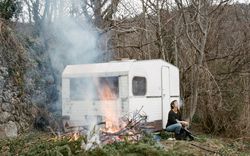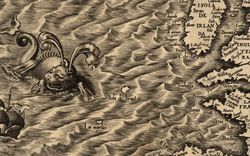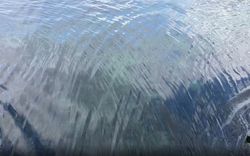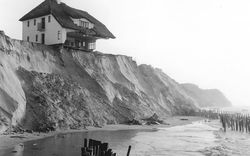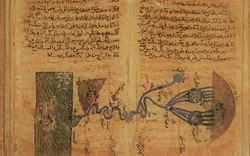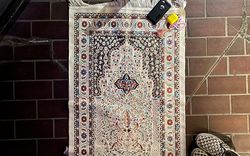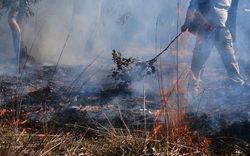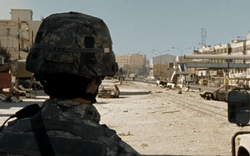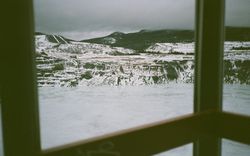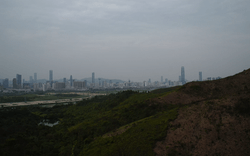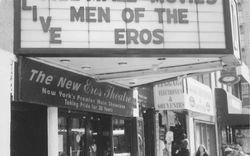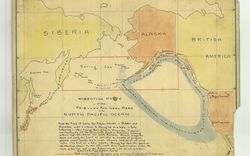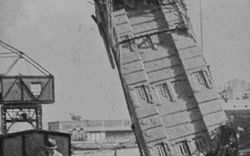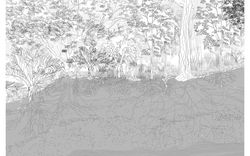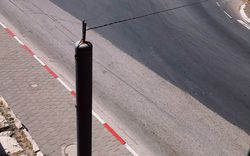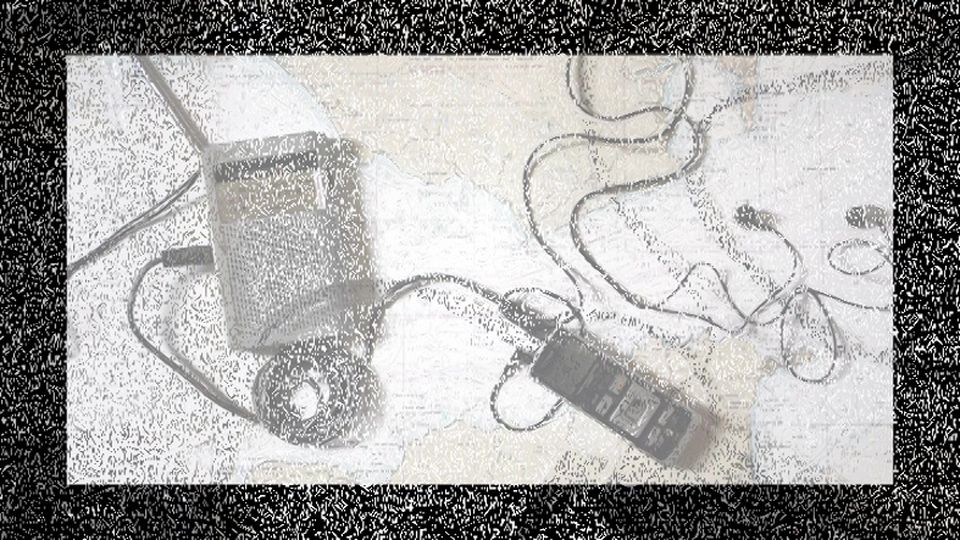AMplifying the Strait
Arantzazu Luzarraga tunes to the radio frequencies of a common sonic territory
“AMplifying the Strait” unveils the spatial dimensions of the radio spectrum within the Strait of Gibraltar. The project is a sort of travelogue in which I recorded references, data, and reflections as I tuned radio dials to the same AM (Amplitude Modulation) frequencies on one shore of the Strait and then on the other—in Cádiz, Bolonia, Algeciras, Tarifa, Tangier, Ceuta, Tetuan, Ashila, and Larache. For example, every night in a hotel room in Tangier, I could listen to Spanish broadcasts with little interference. Despite geopolitical efforts to obstruct people from crossing frontiers, electromagnetic waves circulate freely. How is information emitted, recoded, and received as it flows from one shore to the other and back? How does this process figure an otherwise invisible territory?
This research uses radio as a device to mirror territory, like how Robert Smithson used mirrors to fragment the image of landscape in Yucatan. Across the Strait of Gibraltar, recorded and live sound reflects the invisible reality of places within a certain range. Unlike an image, radio reveals invisible characteristics, creating a temporal, diffuse, unbounded representation of a territory and the cultures that shape it. This reality can be shocking when we contrast the visual context with what we hear in the same place. Through radio we distance ourselves from our visual perception, allowing us to make present an immanent reality. Our perception of this space involves an active participation.
The shared physical and virtual space of the radio spectrum, which defines the communicative landscape of the Strait, establishes a basis for the very understanding of distance. Continuous in its connections despite being discontinuous in its form, this common structure is a space where many everyday realities can be expressed as they are filtered through translation mechanisms. What emerges is a democracy of viewpoints—in comparison with a monoculture of unidirectional information flows—that allow invisible dissidence between the shores of the Strait of Gibraltar.
Electromagnetic flows work as mediators of this territory that ties together two continents. As Heidegger already stated eighty years ago, the radio is responsible for the Ent-fernung (removal of distance) in the world and is Zuhandenheit (ready-to-hand) equipment that we use without mediation, without theorizing our conception of it. Radio creates a particular closeness, which we cannot ascertain by measuring distances—we can feel closer to a place or person that is at a greater physical distance from us than another place or person in our immediate environment. Through electromagnetic waves we might redefine our personal identity and intersubjectivity; we can share imaginaries and change the structure of coexistence. Radio is a device for figuring this territory, exactly because it operates through communication and participation, deconstructing traditional forms of territorialization.

